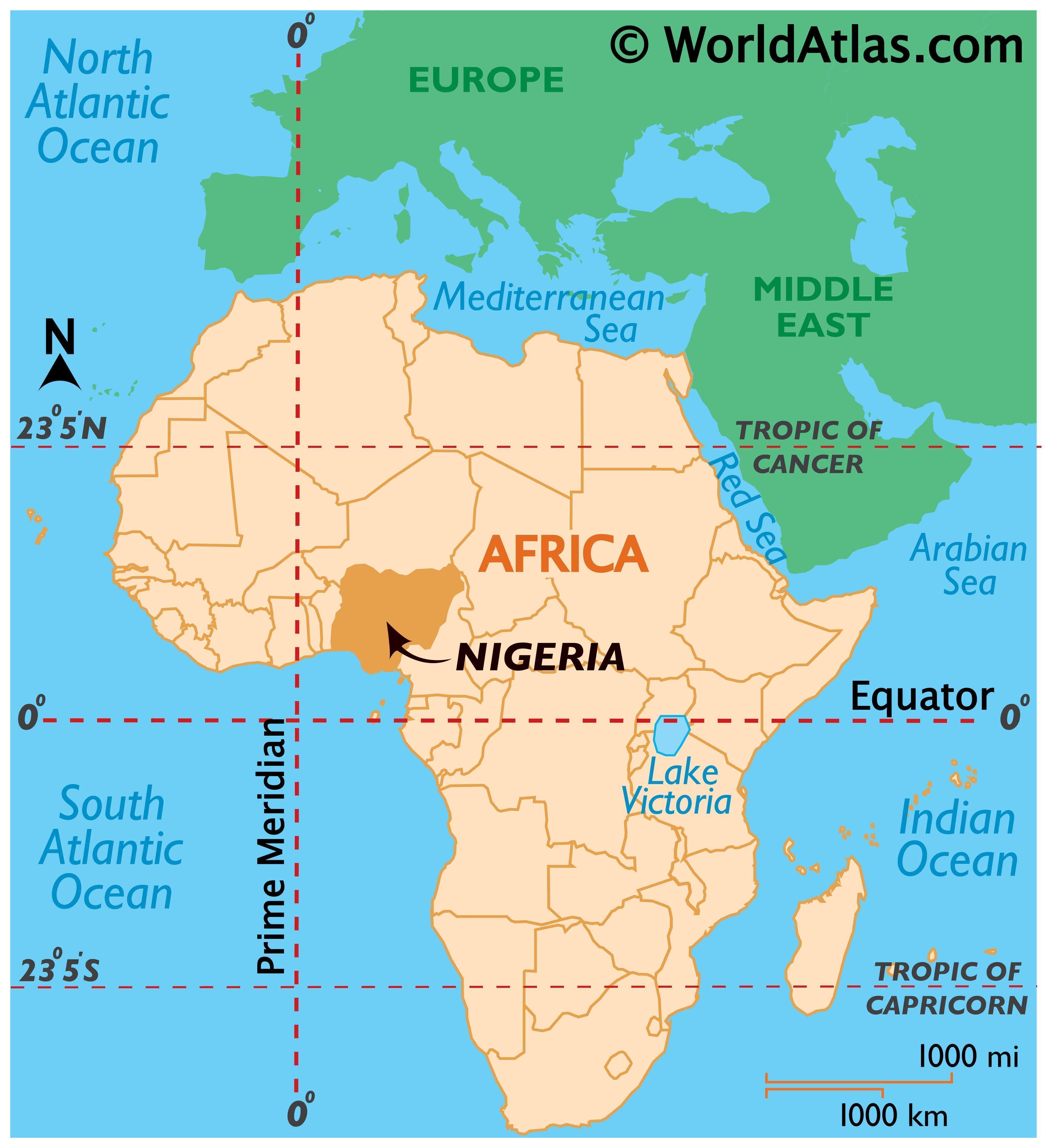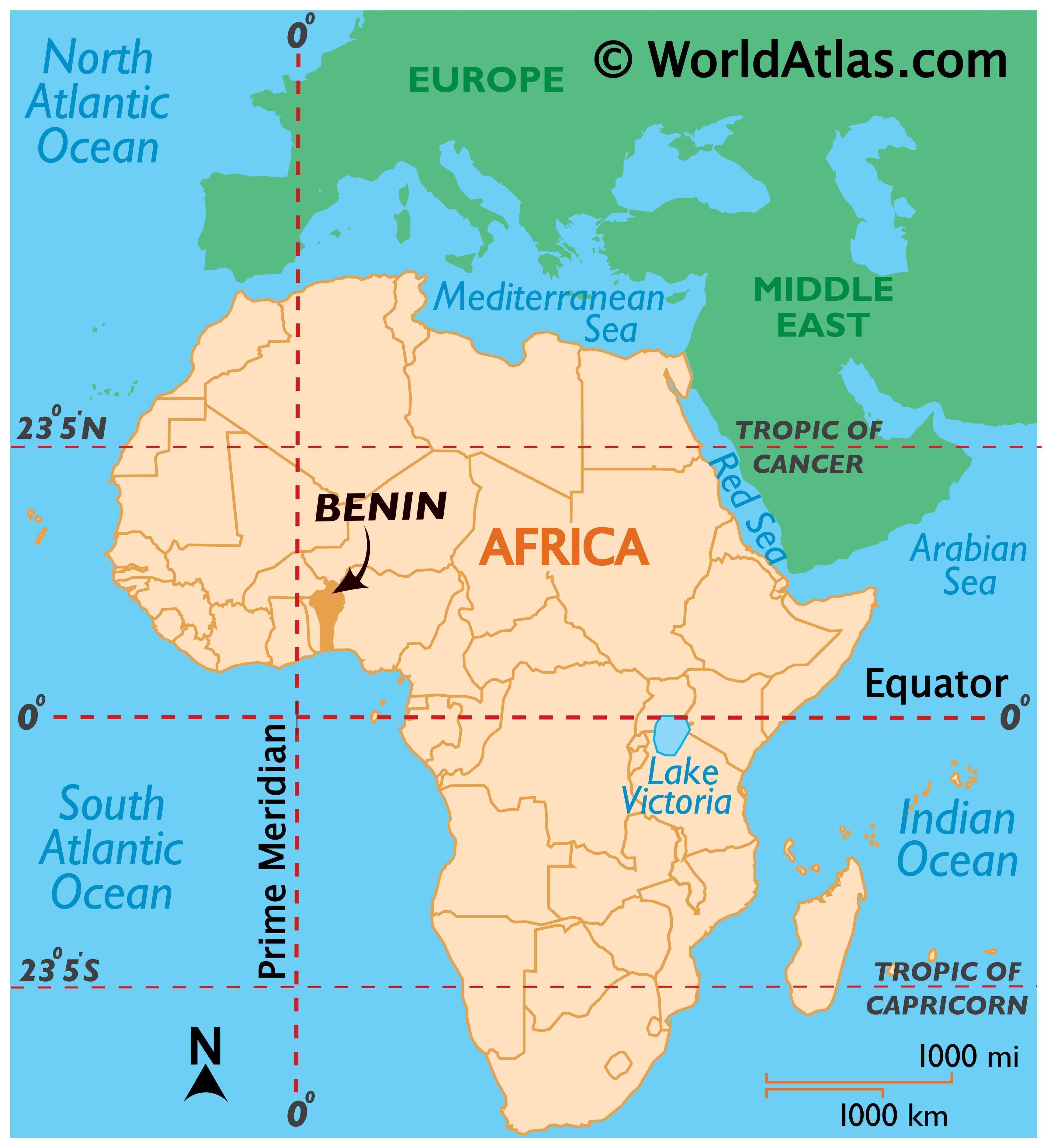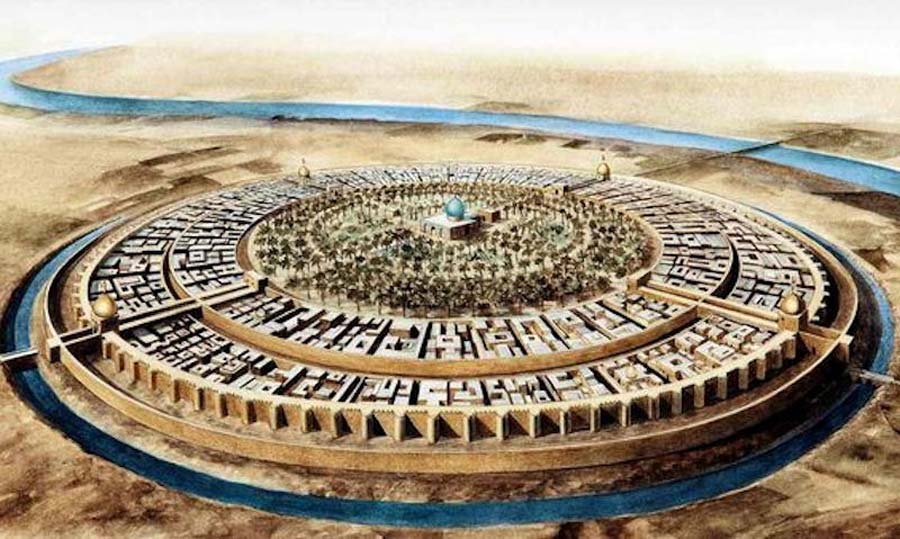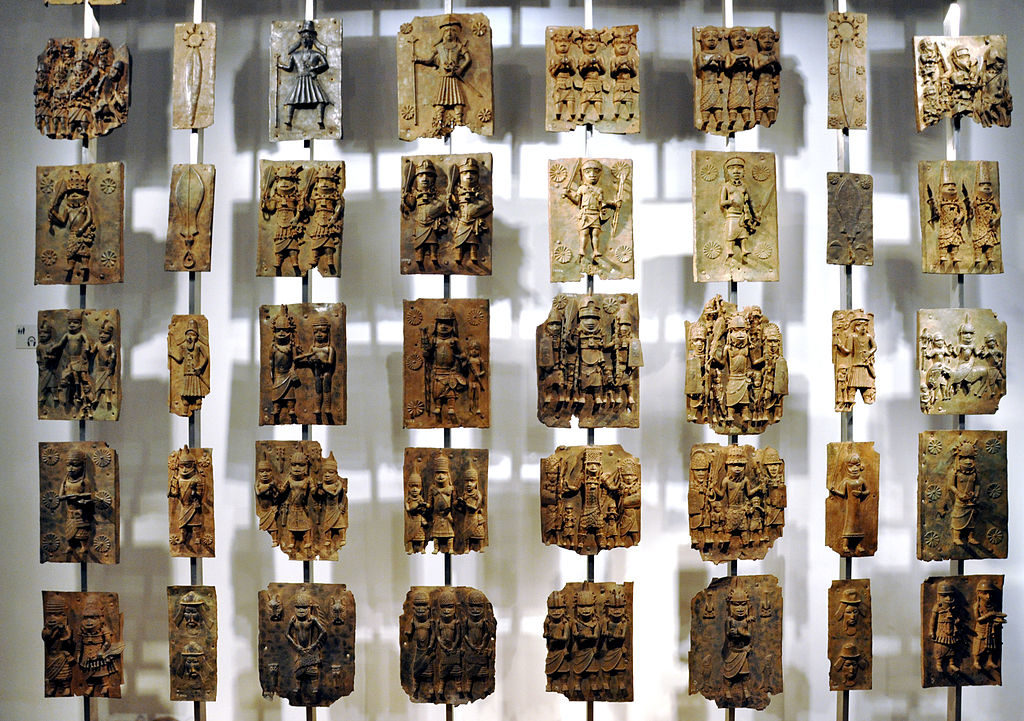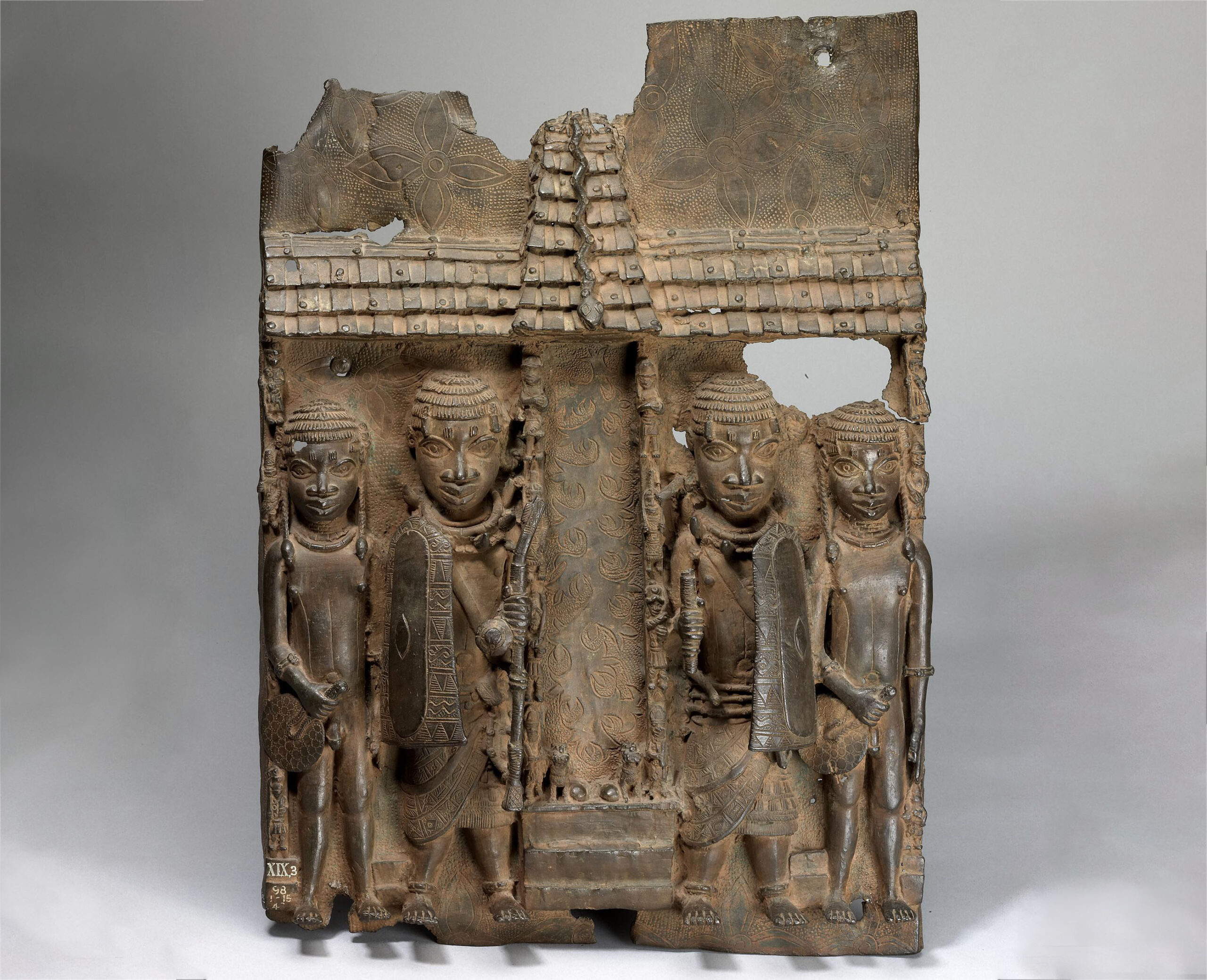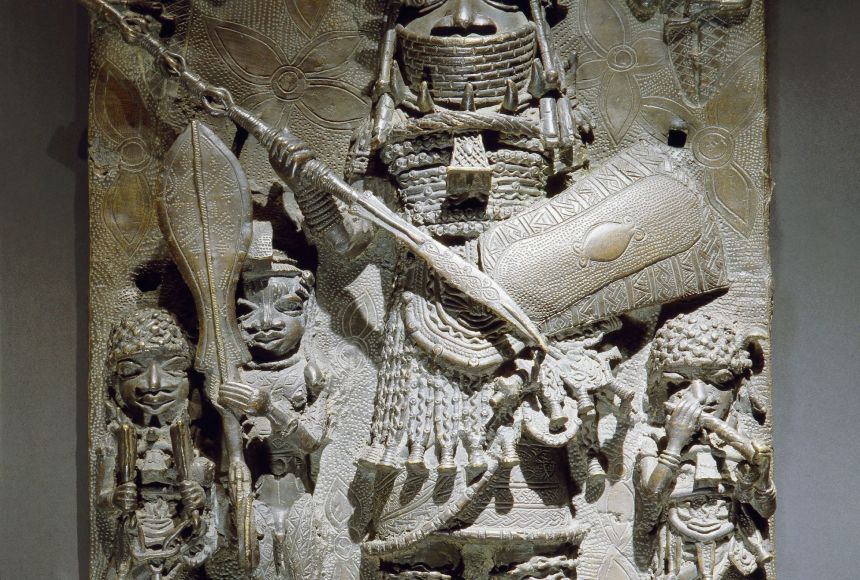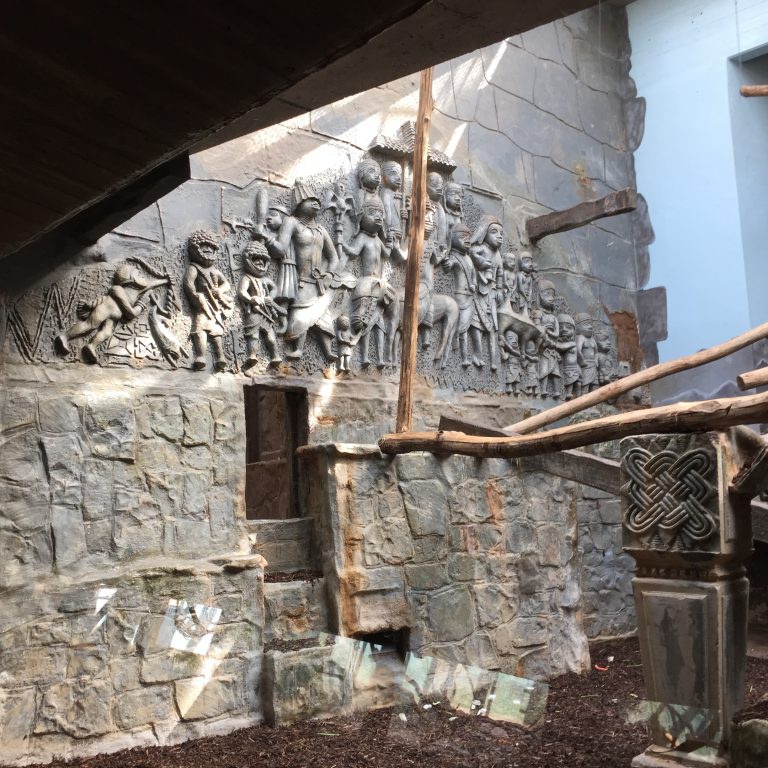Making The Modern Artist: VelazQuez
Maids of Honor
"Las Meninas" Introduction to The Order of Things, an Archeology of Knowledge by Michel Foucault.
This reading comes from French theorist Michel Foucault. Like most French theory, it deals in tiny details, and Foucault writes in a typically French style which constantly circles back around on itself to check for holes and to seek a new way of writing appropriate to the content (in this case, the way looking at and representing involve maneuvers of power).
Las Meninas part one from betsy towns on Vimeo.
***After watching this segment, you may feel more confused when you felt upon first looking at the painting. Please be ready to describe in class what you thought the subject of the painting was upon first seeing it, and what you think it is now.
Watching the next segment, imagine having a painter represent you. How much power do they have and how much do you have as you pose? How much power does the commissioner have?
Looking at You Looking at Me from betsy towns on Vimeo.
***In your notebook, comment on the types of representation and types of space you see here. In the next segment, Foucault finally introduces the main characters, and explains how knowing their names can mislead you into thinking you know the subject of the painting. Before you watch it, make some notes about what you think the subject is now, if it has changed.
Pure Reciprocity from betsy towns on Vimeo.
Foucault does not explain specifically why he thinks the names of the characters don't matter. But he gives hints. Can you grapple with why he believes this, and why he would use this close reading of a painting as the introduction to a book about knowledge and power.

Velasquez, Las Meninas (The Maids of Honor), 1656
Velasquez, Portrait of Mariana, p. 154
Rembrandt, Self Portrait in the studio, 1626
fyi... the rembrandt is tiny, 9" high; the velazquez is giant, 125 " high!I think I've still made the rebrandt too big by comparison!

Vermeer, Allegory of Painting,
Key Question: Can you make a case for why Las Meninas gets the title ‘first modern painting?’ What does your self-portrait look like?
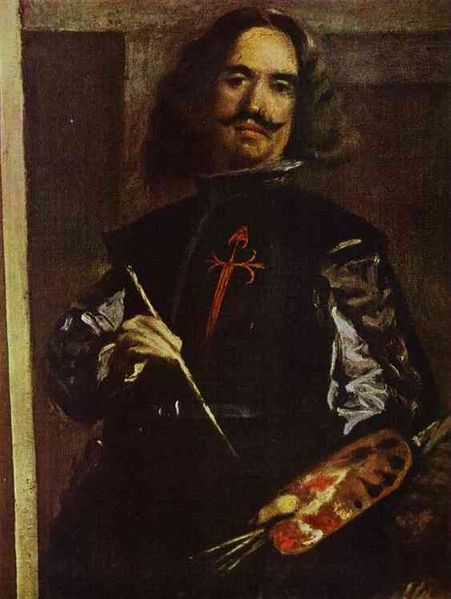


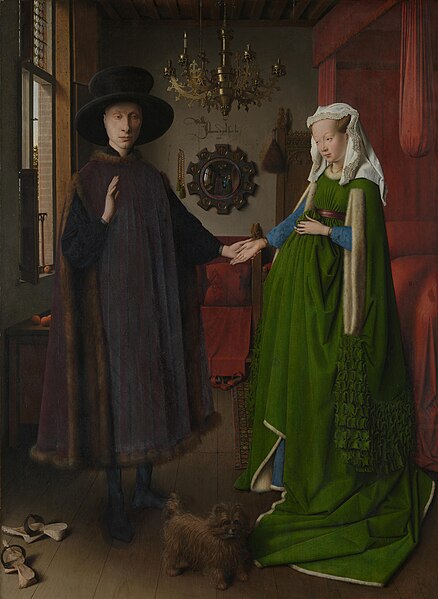
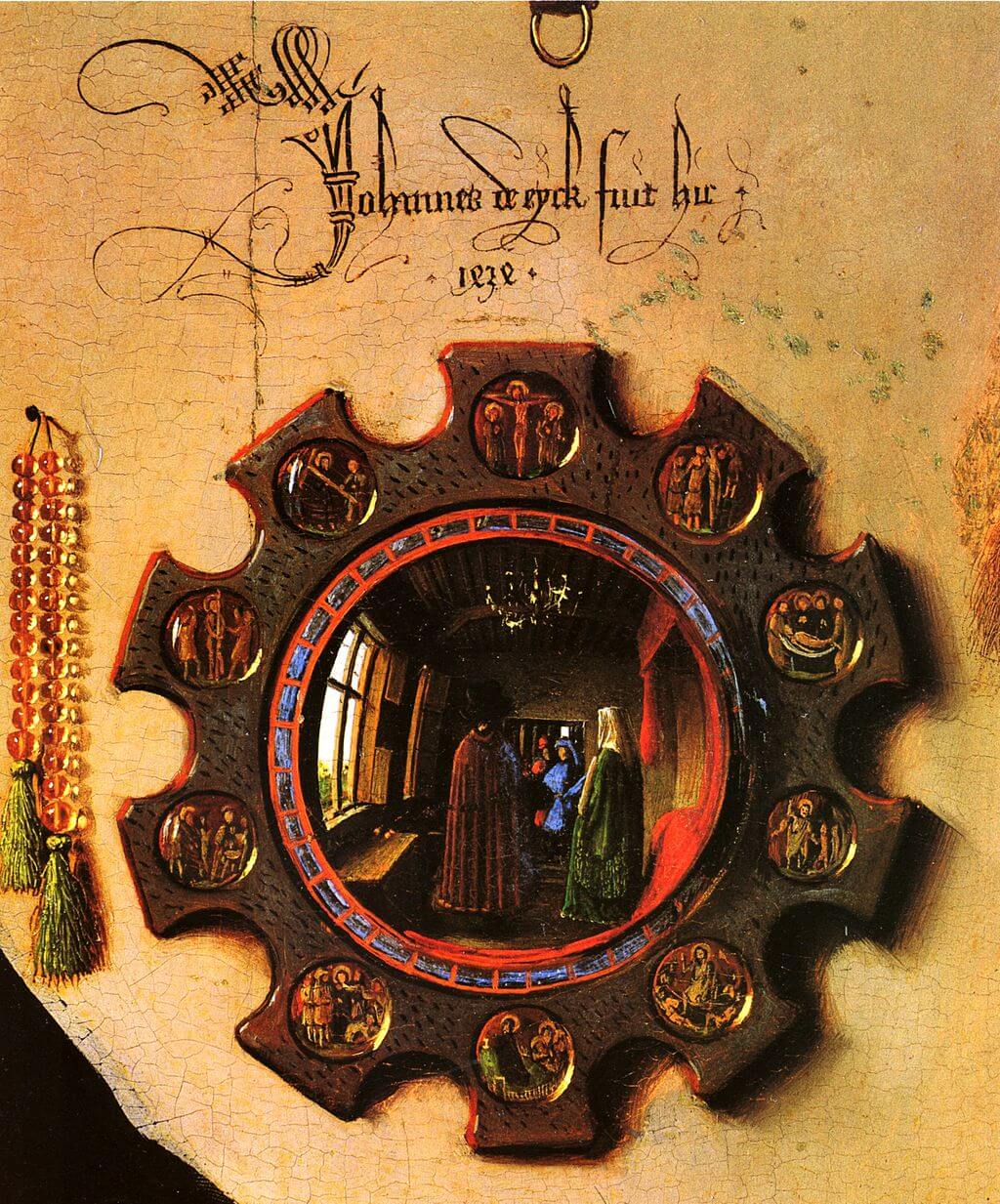
8

.

Key from Wikipedia.
- (1) Infanta Margarita Teresa of Spain
- (2) doña Isabel de Velasco
- (3) doña María Agustina Sarmiento de Sotomayor
- (4) the dwarf German, Maribarbola (Maria Barbola)
- (5) the dwarf Italian, Nicolas Pertusato
- (6) doña Marcela de Ulloa
- (7) unidentified bodyguard (guardadamas)
- (8) Don José Nieto Velázquez
- (9) Velázquez
- (10) King Philip IV reflected in mirror
- (11) Mariana, queen of King Philip, reflected in mirror
"These proper names would form useful landmarks and avoid ambiguous designations; they would tell us in any case what the painter is looking at, and the majority of the characters in the picture along with him. But the relation of language to painting is an infinite relation. It is not that words are imperfect, or that, when confronted by the visible, they prove insuperably inadequate. Neither can be reduced to the other's terms: it is in vain that we say what we see; what we see never resides in what we say. And it is in vain that we attempt to show, by the use of images, metaphors, or similes, what we are saying; the space where they achieve their splendour is not that deployed by our eyes but that defined by the sequential elements of syntax. And the proper name, in this particular context, is merely an artifice: it gives us a finger to point with, in other words, to pass surreptitiously from the space where one speaks to the space where one looks; in other words, to fold one over the other as though they were equivalents. But if one wishes to keep the relation of language to vision open, if one wishes to treat their incompatibility as a starting-point for speech instead of as an obstacle to be avoided, so as to stay as close as possible to both, then one must erase those proper names
and preserve the infinity of the task. It is perhaps through the medium of this grey, anonymous language, always over-meticulous and repetitive be–cause too broad, that the painting may, little by little, release its illuminations." Michel Foucault, The Order of Things

Pablo Picasso,
Las Meninas, 1957
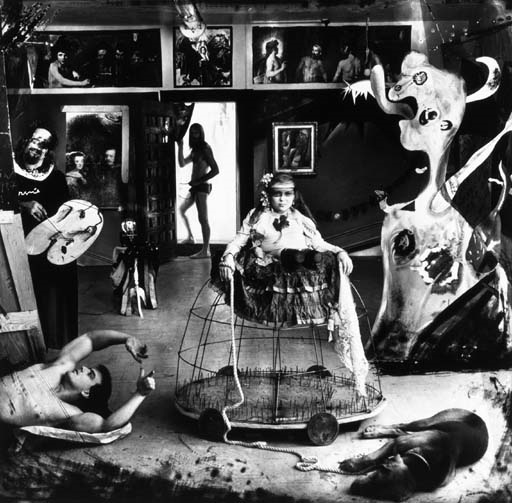
Joel Peter Witkin,
Las Meninas (Self Portrait), 1987
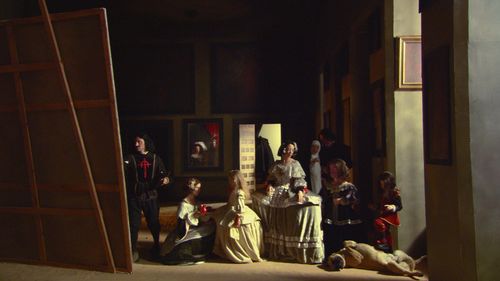
Eve Sussman,
89 Seconds at Alcazar, 2003

Manolo Valdés,
Las Meninas, 2007
 Diego Velasquez, The Infanta Margarita, 1659
Diego Velasquez, The Infanta Margarita, 1659

Picasso,
Infanta Margarita, 1957

Yasumasa Morimura,
Daughter of Art History, 1989

Julie Heffernan
, Self-Portrait as Infanta ;Maria Teresa Dreaming Madame de Sade, 1999, oil on canvas, 67 x 58 inches



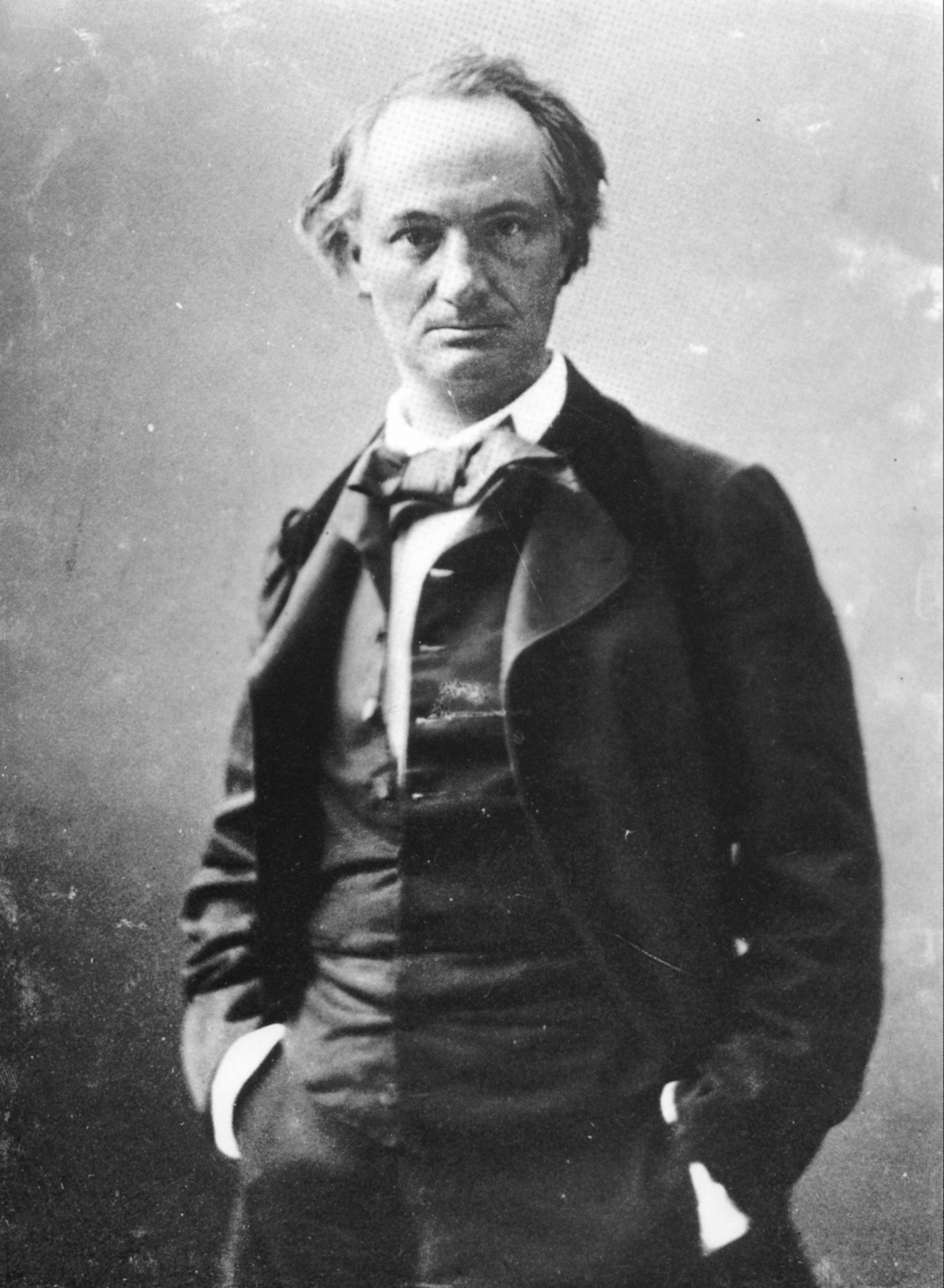



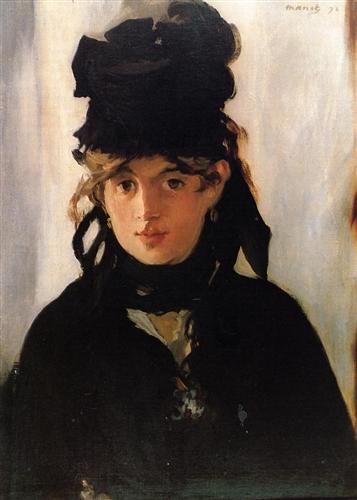
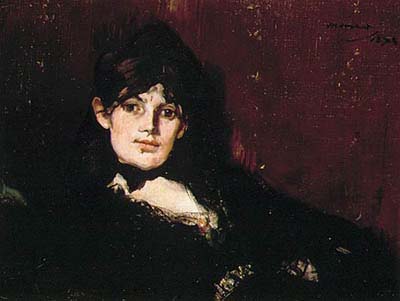
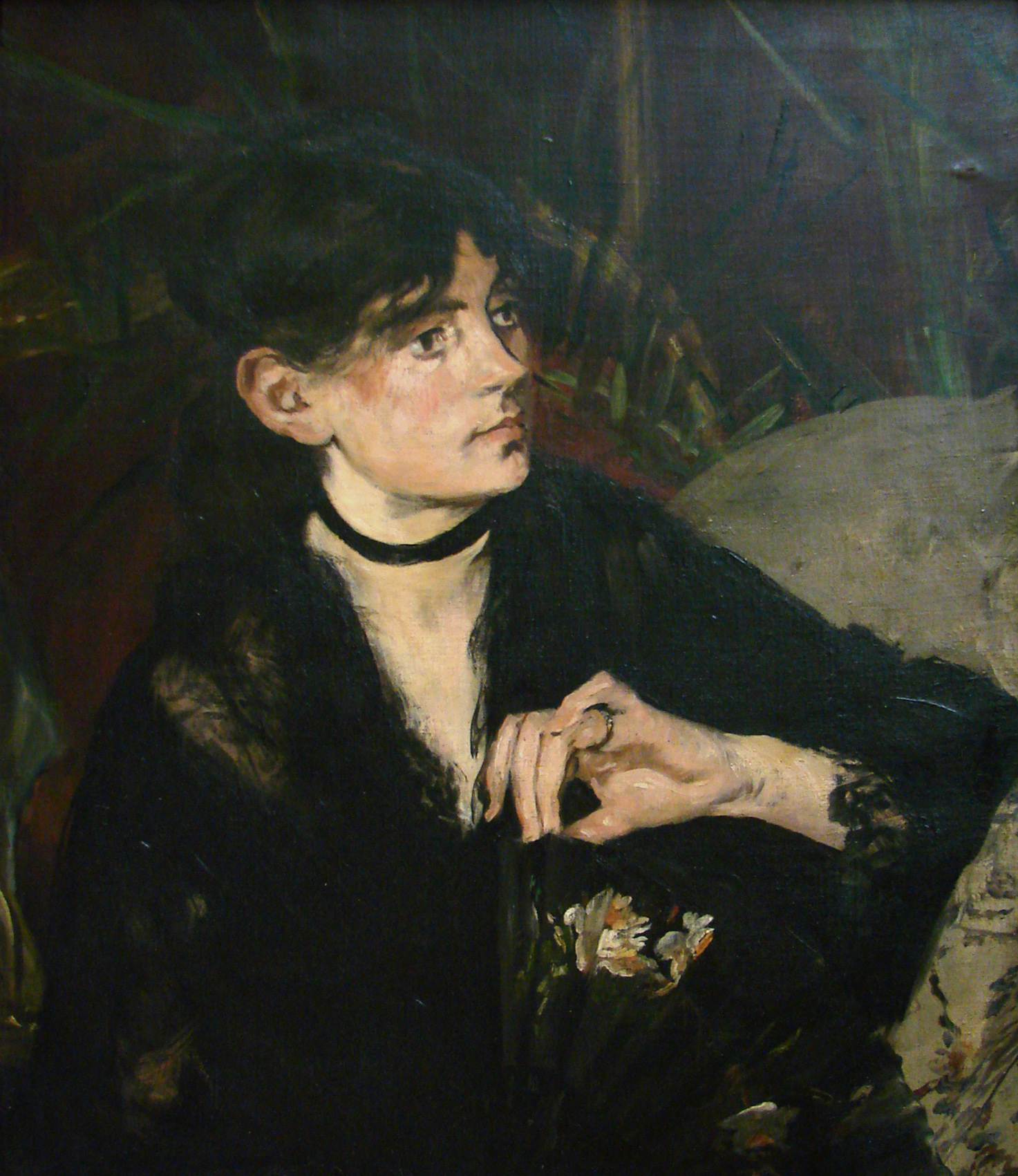
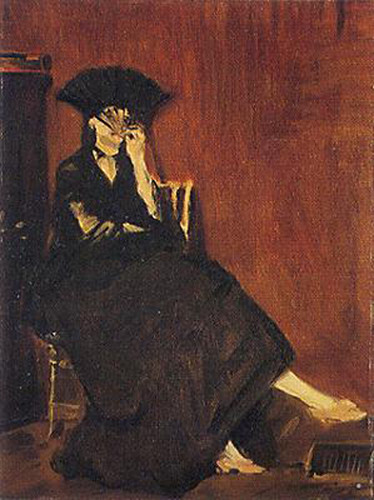


.jpg)
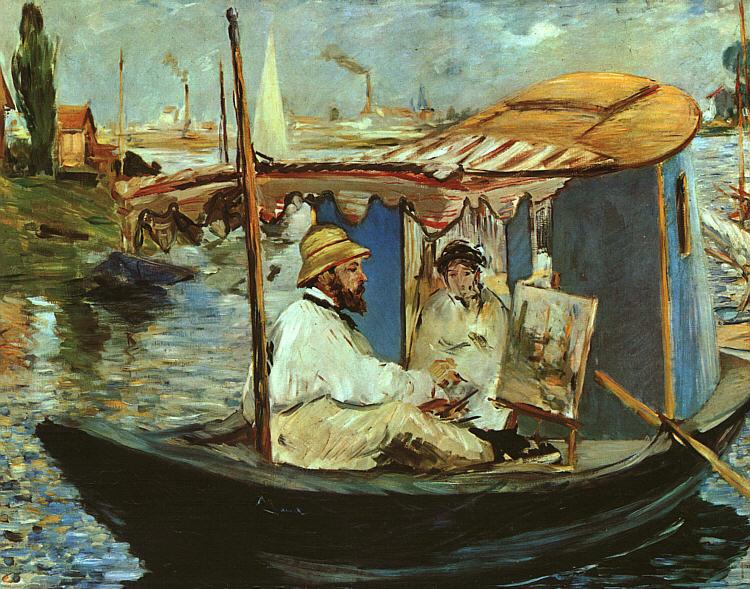
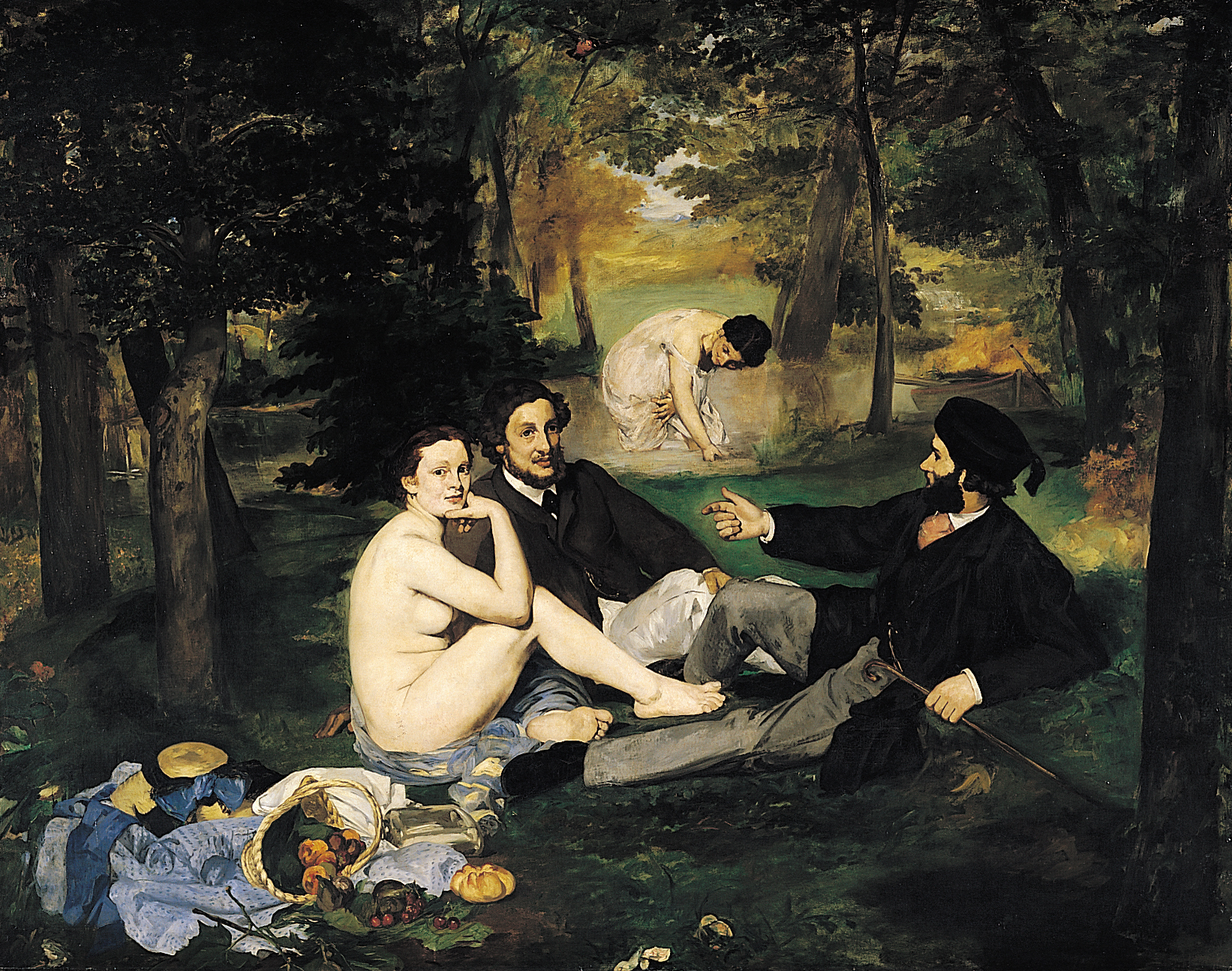

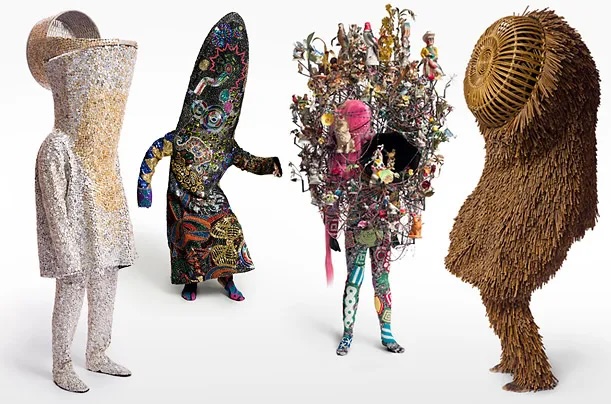


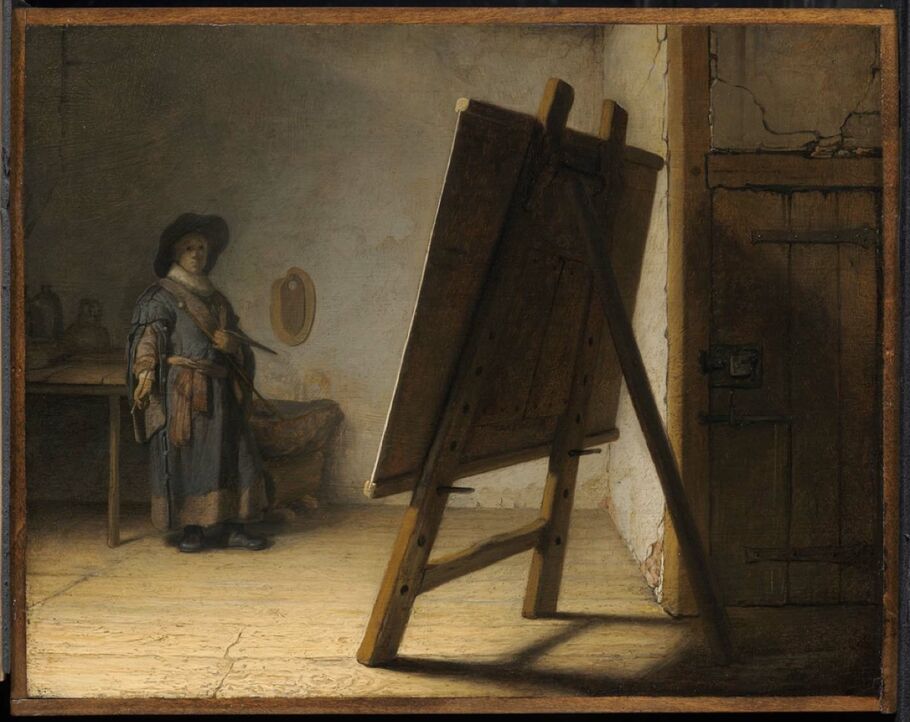






 Key from Wikipedia.
Key from Wikipedia.









